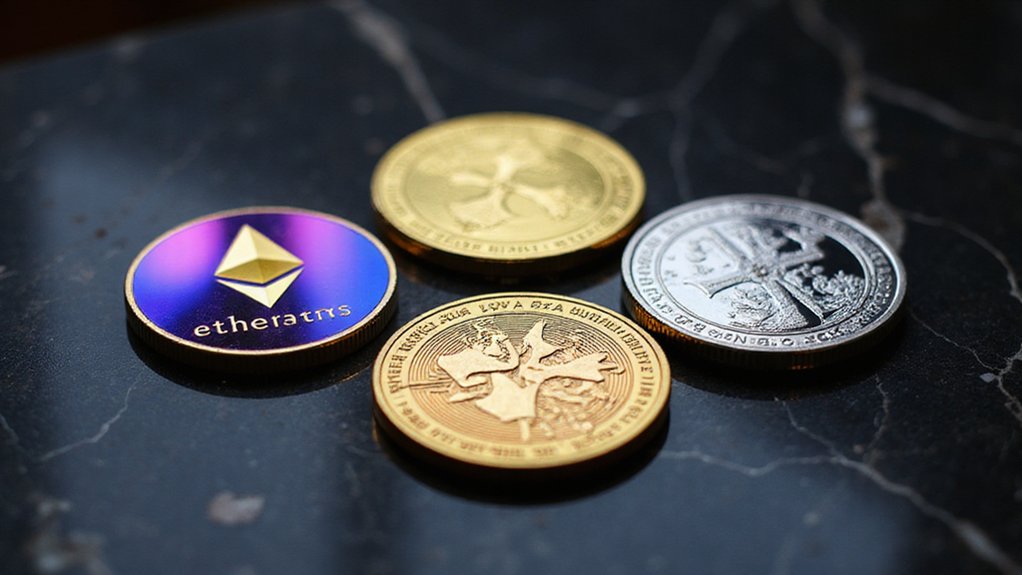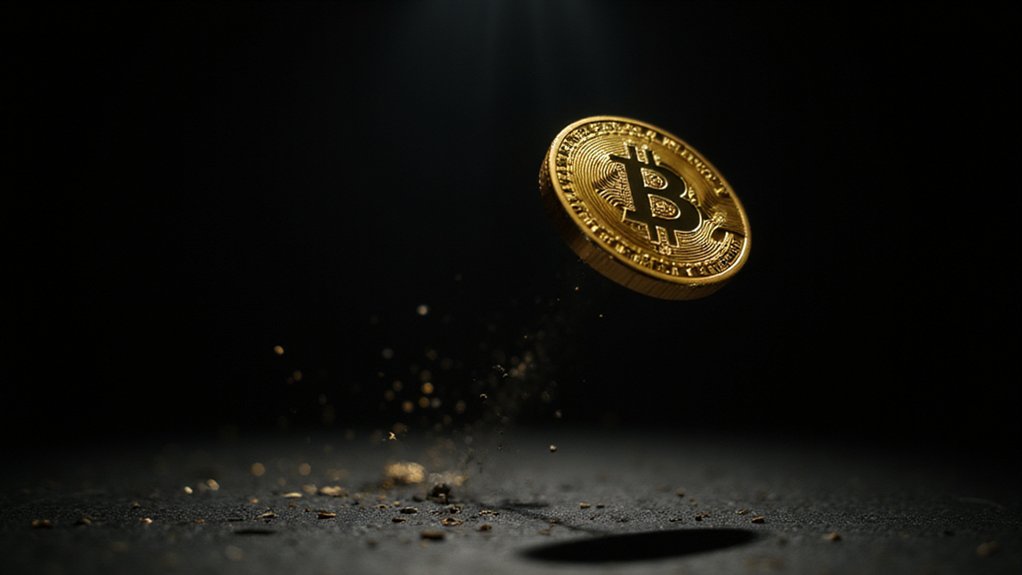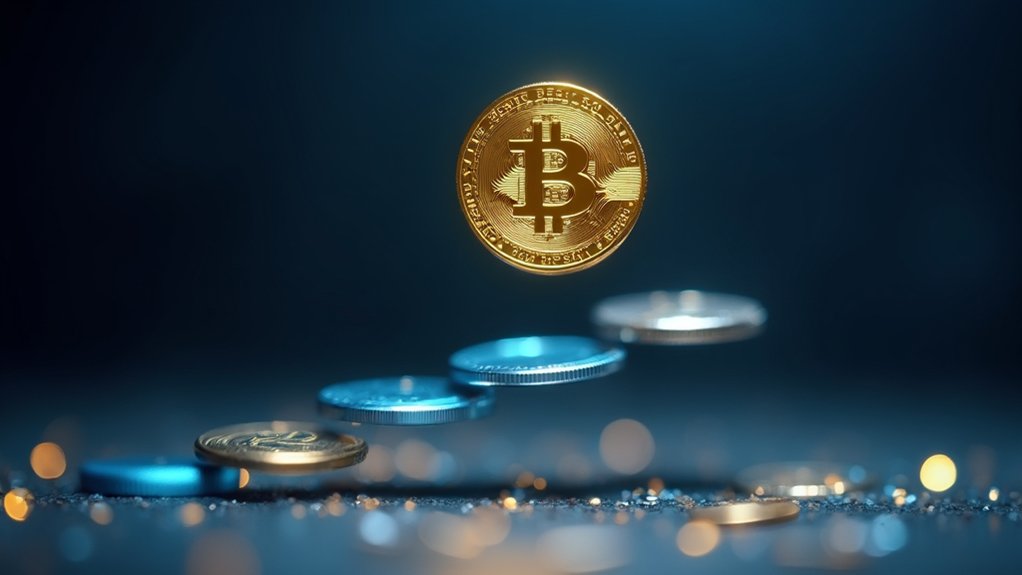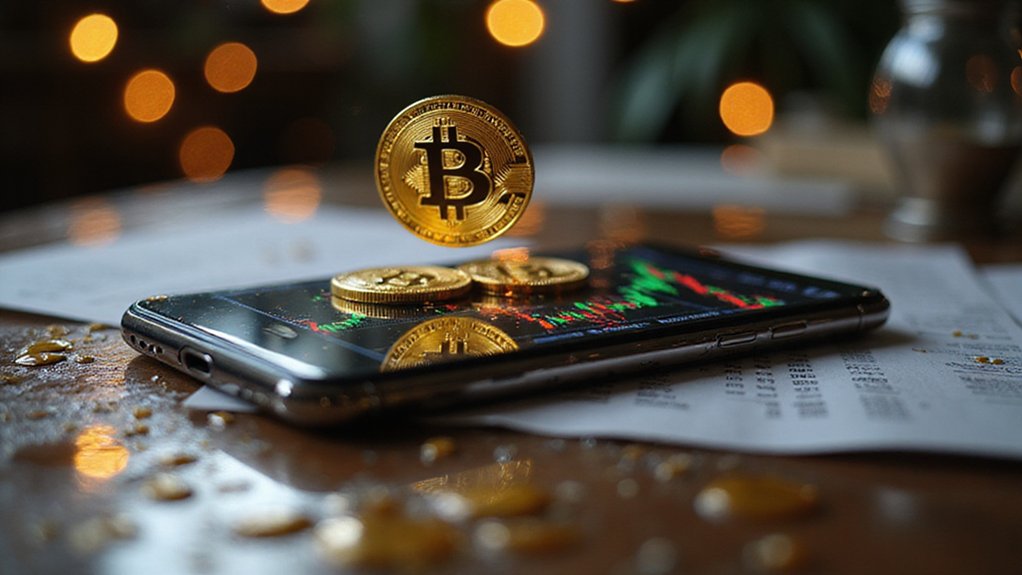The great migration of traditional assets onto blockchain infrastructure has evolved from a theoretical exercise in distributed ledger evangelism to a multitrillion-dollar institutional imperative—one that demands investors identify which tokens will capture the most value as stocks, bonds, real estate, and commodities undergo their digital metamorphosis.
Ethereum remains the undisputed heavyweight champion of smart contract platforms, functioning as the settlement layer for regulated finance while supporting the complex compliance frameworks that institutional investors require. Its compatibility with stablecoins and DeFi protocols creates a thorough ecosystem for asset digitization, though recent upgrades like Pectra suggest even the king of smart contracts recognizes that glacial transaction speeds and prohibitive fees are hardly endearing qualities for trillion-dollar migration projects.
Even the king of smart contracts recognizes that glacial transaction speeds and prohibitive fees are hardly endearing qualities for trillion-dollar migration projects.
Solana presents a compelling alternative with its high-speed processing capabilities and microscopic transaction fees—attributes that make retail-scale tokenized trading economically viable rather than an expensive academic exercise. The network’s robust decentralized exchange activity and superior market performance (evidenced by the rising SOL/ETH ratio) indicate genuine ecosystem growth, while potential SEC approval of a Solana spot ETF could release institutional capital currently trapped in regulatory purgatory.
XRP occupies a unique position in cross-border payments and rapid settlement, making it indispensable for tokenized asset transfers across jurisdictions. Its dramatic price surge in late 2024 reflected market recognition of its utility in facilitating global trade recovery, particularly as regulatory clarity emerges around ETF approvals and institutional adoption accelerates.
Chainlink provides the often-overlooked but absolutely critical oracle infrastructure that connects smart contracts with real-world data—a requirement that becomes non-negotiable when tokenizing assets requiring live pricing feeds, compliance verification, and settlement accuracy. Without reliable oracle services, tokenized derivatives and insurance products would operate in informational vacuums, rendering them fundamentally sophisticated gambling instruments.
Industry analysts, including Bitwise, position these four tokens as the “cleanest” exposure to tokenization’s growth narrative, arguing that this theme may eclipse traditional crypto speculation. The logic is compelling: as trillions migrate onto blockchain infrastructure, the platforms facilitating this shift—settlement layers, speed solutions, cross-border rails, and data infrastructure—capture disproportionate value from the digital transformation of global finance. The broader cryptocurrency market’s projected growth toward an $8 trillion market cap underscores the massive capital allocation shift occurring as traditional finance embraces blockchain infrastructure.







